How To Get Rid Of Knotweed In Days
Knotweed is an invasive plant that can be very difficult to get rid of. It has a fast-growing root system that can spread underground for many meters, and it can even grow through concrete and asphalt. If you have knotweed on your property, it is important to take action to remove it as soon as possible.
There are a number of ways to get rid of knotweed, but the most effective method is to use a combination of cutting and herbicide application. Cutting the knotweed will help to weaken the plant and make it more susceptible to the herbicide. The herbicide will kill the aboveground parts of the plant, but it will also need to be applied to the roots in order to be effective.
To get rid of knotweed in 7 days, you will need to follow these steps:
- Identify the knotweed. Knotweed is a tall, bamboo-like plant with thick, hollow stems. It has heart-shaped leaves and produces small, white flowers in the summer.
- Cut the knotweed down to ground level. Use a sharp spade or saw to cut the stems as close to the ground as possible.
- Apply a glyphosate-based herbicide to the cut stems. Glyphosate is a non-selective herbicide that will kill most plants it comes into contact with. Be sure to wear gloves and eye protection when applying the herbicide.
- Wait 7 days. The herbicide will need time to work its way down to the roots of the knotweed.
- Pull up the dead knotweed. Once the herbicide has killed the knotweed, you can pull it up by the roots. Be sure to wear gloves and eye protection when handling the knotweed.
- Dispose of the knotweed properly. Knotweed is considered a hazardous waste, so you will need to dispose of it properly. In most cases, you will need to take it to a hazardous waste disposal facility.
By following these steps, you can get rid of knotweed in 7 days. However, it is important to note that this is just a general guide. The actual time it takes to get rid of knotweed will vary depending on the severity of the infestation. If you have a large infestation of knotweed, you may need to repeat the process several times.
If you want to learn more about knotweed, I recommend visiting the website Home Gardening. This website has a wealth of information about knotweed, including its history, how it spreads, and how to control it. You can also find photos and videos of knotweed, as well as links to other resources.
FAQ of knotweed
What is knotweed?
Knotweed is a fast-growing, invasive plant that can cause significant damage to property and infrastructure. It is native to East Asia, but was introduced to the United Kingdom in the mid-19th century as an ornamental plant. Knotweed can grow up to 3 meters tall and its roots can spread up to 7 meters underground. It is difficult to control and can be very expensive to remove.
- What are the impacts of knotweed?
Knotweed can have a number of negative impacts, including:
Damaging property and infrastructure: Knotweed's roots can break through concrete, foundations, and paving. It can also damage drains and sewers.
Outcompeting native plants: Knotweed is a very aggressive plant that can quickly outcompete native plants. This can reduce biodiversity and lead to the loss of important habitats.
Decreasing property values: Knotweed can significantly decrease the value of a property. In some cases, it can even make a property unsellable.
How can I identify knotweed?
Knotweed can be identified by its distinctive heart-shaped leaves and purple-brown flowers. It typically grows in moist, shady areas, such as riverbanks and woodland edges.
- How can I remove knotweed?
There are a number of ways to remove knotweed, but it is important to note that no single method is guaranteed to be successful. Some of the most common methods include:
Chemical treatment: This involves applying a herbicide to the knotweed. However, herbicides can be harmful to the environment and may not be effective in all cases.
Physical removal: This involves digging up the knotweed roots and rhizomes. However, this can be a difficult and time-consuming process.
Biocontrol: This involves using insects or other organisms to kill the knotweed. However, biocontrol methods can be slow and may not be effective in all cases.
What are the laws and regulations surrounding knotweed?
In the United Kingdom, knotweed is classified as a "controlled waste." This means that it is illegal to dispose of knotweed in landfill or by burning. It is also important to check with your local authority before removing knotweed, as there may be specific regulations that you need to follow.
Image of knotweed
- Knotweed leaves. The leaves of knotweed are large and heart-shaped, with serrated edges. They are green in color, but can turn purple in the fall.
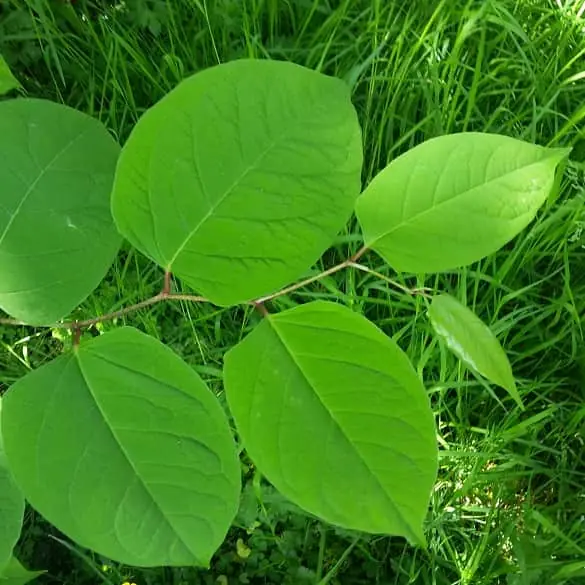
- Knotweed stems. The stems of knotweed are tall and bamboo-like. They can grow up to 10 feet tall in a single season.
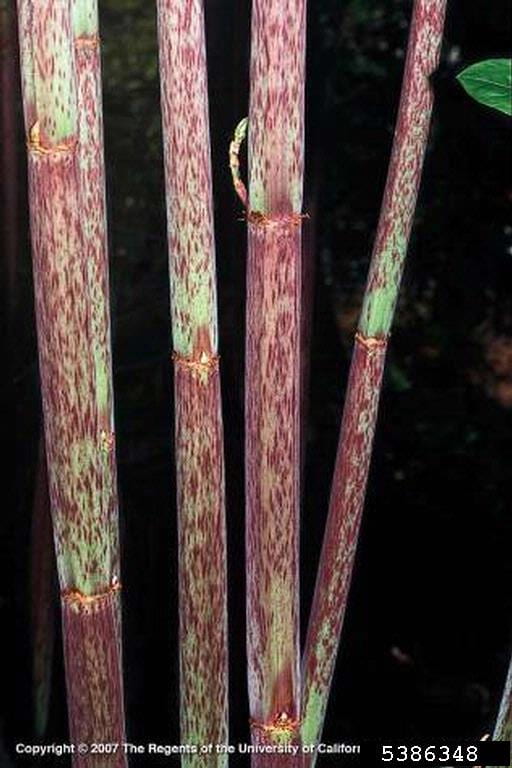
- Knotweed flowers. The flowers of knotweed are small and white. They are clustered in spikes at the top of the stem.
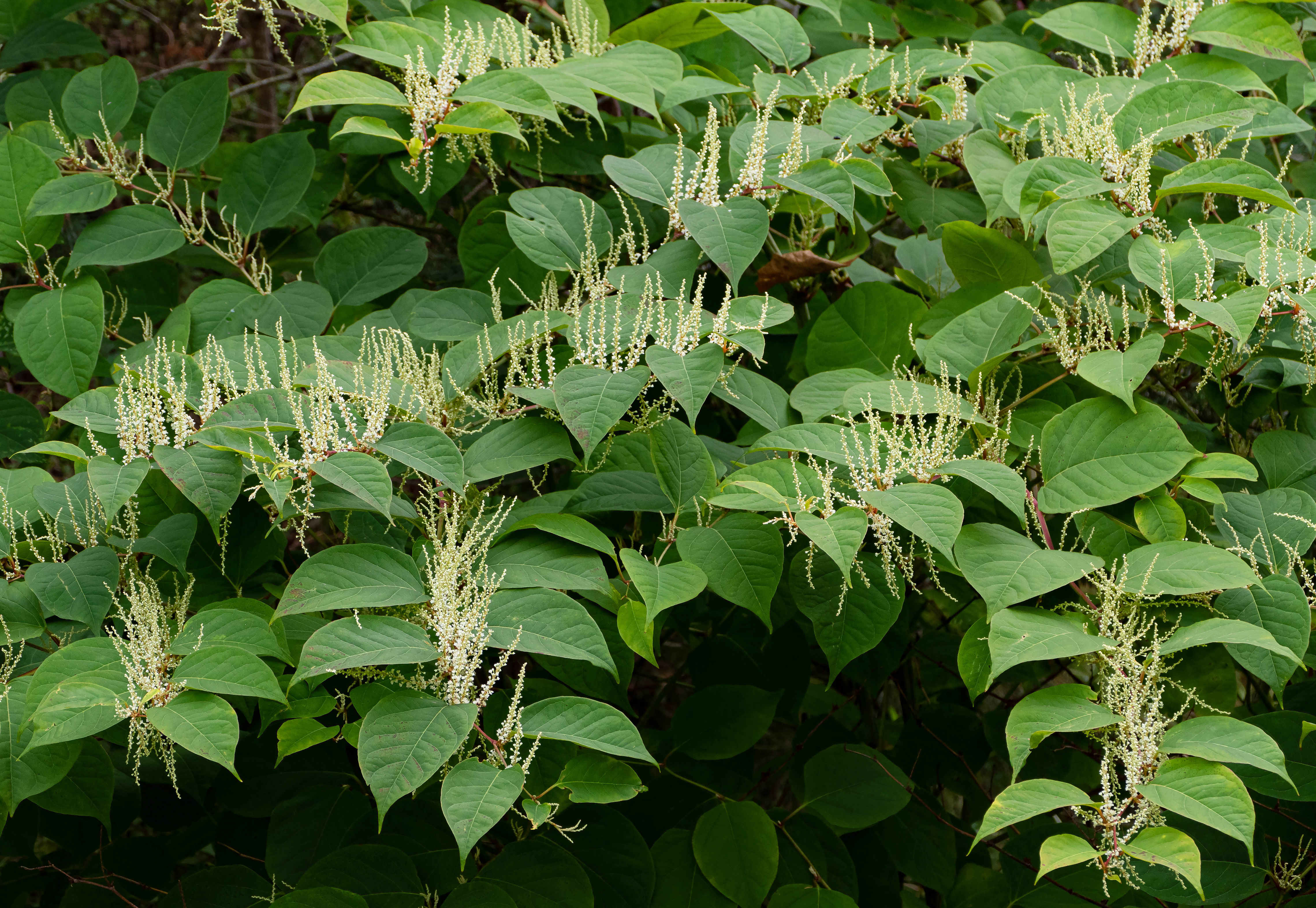
- Knotweed rhizomes. The rhizomes of knotweed are underground stems that can grow for long distances. They are very difficult to kill, which makes knotweed a challenging weed to control.
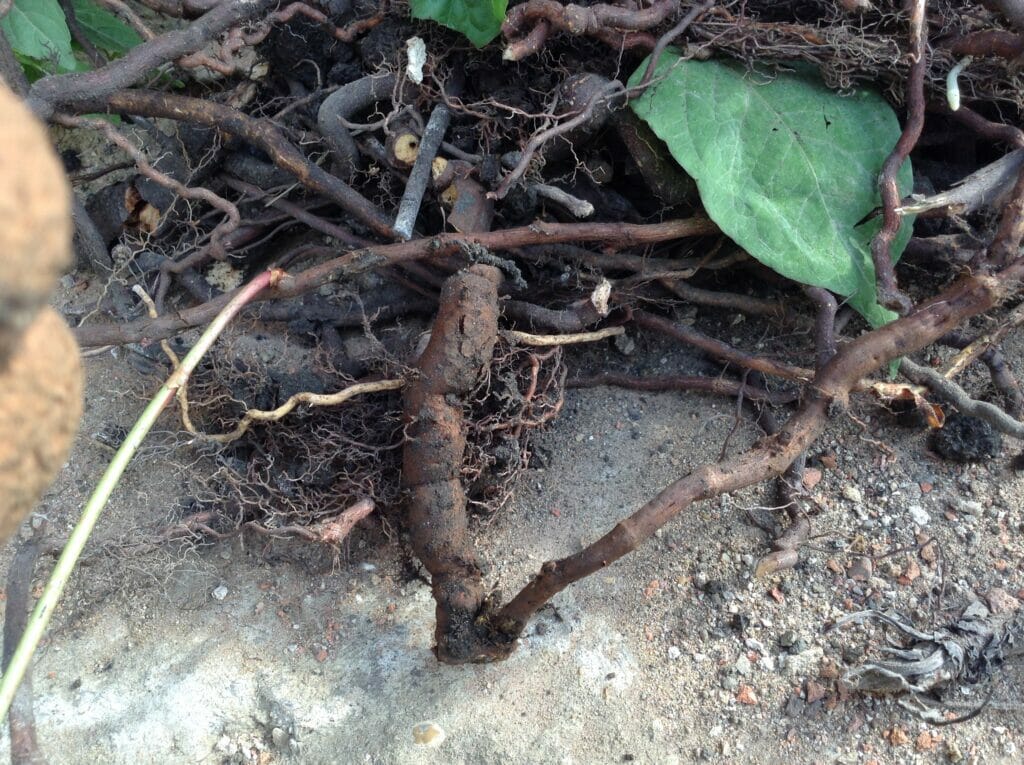
- Knotweed growing in a garden. Knotweed can grow in a variety of environments, but it prefers moist, shady areas. It can quickly take over a garden, so it is important to control it if it is found.
- Knotweed growing along a riverbank. Knotweed is an invasive species, and it can be found growing along riverbanks, in ditches, and in other disturbed areas. It can damage infrastructure and property, so it is important to control it.
- Knotweed being cut down. One way to control knotweed is to cut it down. However, this is only a temporary solution, as the rhizomes will still be alive and will resprout.
- Knotweed being treated with herbicide. Another way to control knotweed is to treat it with herbicide. However, this should only be done by a professional, as herbicides can be harmful to other plants and animals.
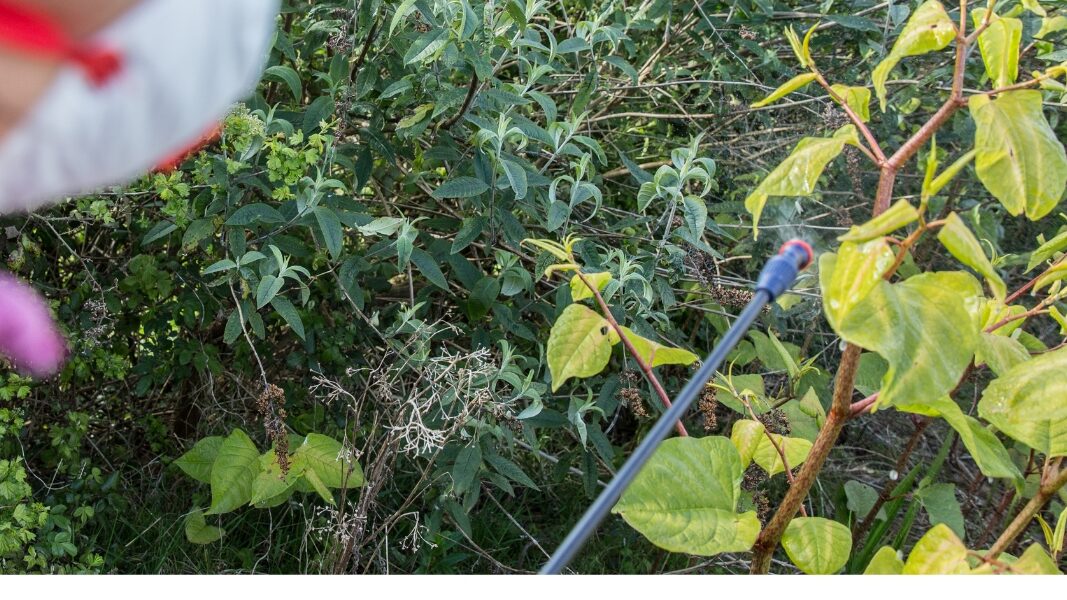
- Knotweed being burned. Burning knotweed is another option for control, but it is important to take precautions to prevent the fire from spreading.

- Knotweed being dug up. Digging up knotweed is a labor-intensive process, but it is one of the most effective ways to control it. The rhizomes should be dug up as deeply as possible and disposed of properly.

Post a Comment for "How To Get Rid Of Knotweed In Days"